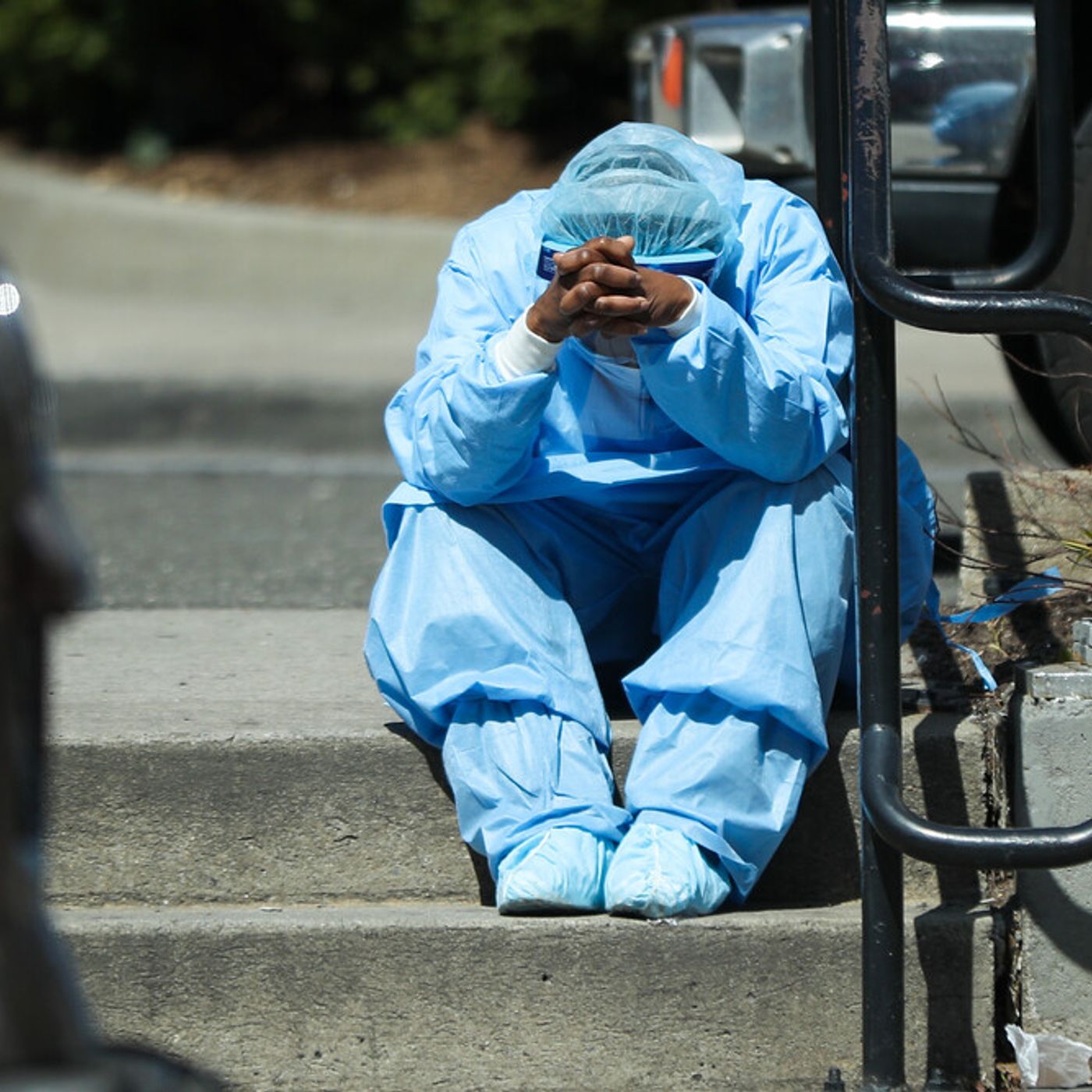Care workers have gone through hell for uswill we show up for them?

b'The ongoing COVID-19 pandemic has thrown America\\u2019s deeply dysfunctional system of caregiving into sharp relief: overcrowded and understaffed nursing homes account for a third of all COVID-19 deaths in the US. ICUs have been stretched to capacity while nurses, doctors, and other healthcare professionals\\u2014already beset by a nursing shortage prior to the pandemic\\u2014face high levels of burnout. And, of course, last year\\u2019s school and daycare closures put severe strains on many parents, particularly women, who have had to navigate 24/7 childcare while simultaneously trying to work their jobs, either remotely or in-person. Add to this the fact that care work has been the fastest-growing labor sector in the US, and it\\u2019s clear that any labor movement that is serious about building working-class power must be committed to organizing and fighting for care workers. But what does such a movement look like in practice? And how can we merge the struggles of care workers today with those of workers in other labor sectors.
As part of a special collaboration with Jacobin magazine, TRNN Editor-in-Chief Maximillian Alvarez joined hosts of The Jacobin Show Jen Pan and Paul Prescod for an extended episode examining the past, present, and future of the American labor movement. In this segment from the show, Pan explores the unique and varied struggles care workers face today, the importance of building a labor movement that includes care workers, and the ongoing fights by care workers in places like Worcester, Massachusetts, where 800 nurses at St. Vincent Hospital have been on strike since early March. We are sharing this segment with our TRNN audience with permission from Jacobin.
Subscribe to the Jacobin YouTube channel and tune in every week for new episodes of The Jacobin Show.'